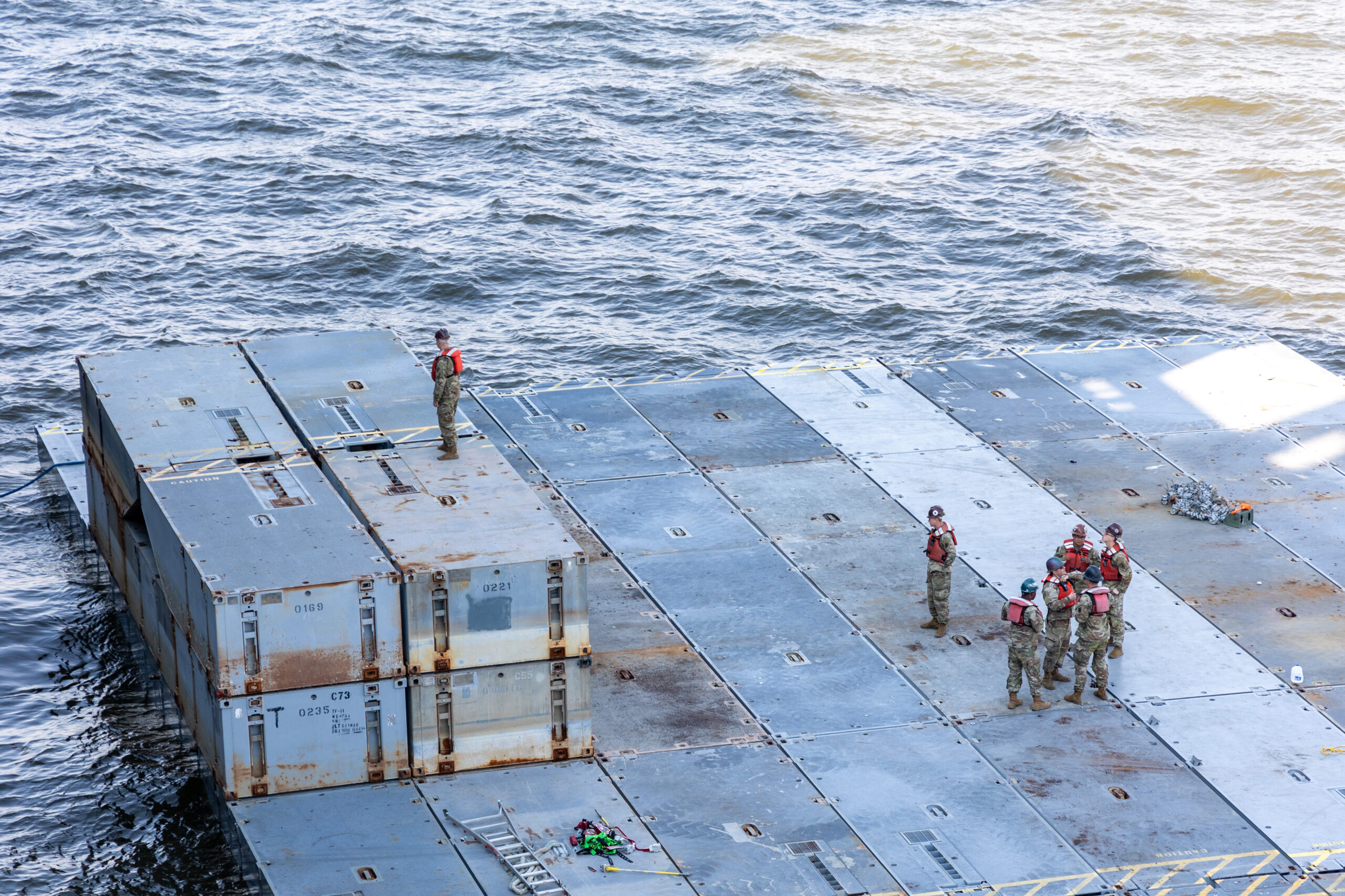America’s National Security Wonderland

```html
The Crumbling Facade: America's Military in Crisis
A New American Century?
The 21st century, proclaimed as the "new American century," has instead witnessed a stark reversal of fortunes. From sole superpower, the U.S. now grapples with formidable competition on multiple fronts. The "forever wars" in the Middle East are now viewed as strategic blunders, while the war in Ukraine has exposed the unexpected return of large-scale industrial warfare.
Adding to these challenges, China's naval rearmament dwarfs even historical naval arms races. The United States, beset by internal exhaustion and political polarization, faces an unprecedented predicament: a security competition against multiple adversaries with collectively superior industrial capacity.
A Military in Crisis
The U.S. military finds itself in a state of acute crisis, marked by intractable problems plaguing every major branch. Recruitment and retention targets are consistently missed, particularly by the Army and Navy. Aging equipment and a rusty industrial base create significant sustainment and maintenance issues. Adapting 20th-century thinking to 21st-century battlefields remains a pervasive challenge, despite some attempts at reform.
The Budgetary Black Hole
Looming large over these challenges is the crushing weight of America's massive fiscal deficits. Interest payments consume an ever-increasing share of federal revenue. Even during peacetime and near-full employment, the U.S. operates under a wartime deficit. While waste and fraud within the Department of Defense budget are often cited, the fundamental reality is that aging equipment, like a 50-year-old aircraft carrier, necessitates replacement—a cost the nation struggles to bear.
The Illusion of Solutions
Washington's think tanks and panel discussions churn out reports and proposals, offering solutions to the military's woes. A "solutions industry" thrives, yet the "patient" remains stubbornly ill. Like California's struggle with homelessness, despite dedicated efforts, the overall problem persists. The question arises: why, despite these attempts to right the ship, does nothing seem to work?
The analogy of civil society NGOs, constantly consuming resources without achieving lasting impact, offers a clue. While the inherent complexity of the issues contributes to failure, a more pertinent explanation lies in a simple principle: the true purpose of a system is what it actually does.
Mission: Impossible
Officially, America's national security apparatus exists to defend the nation. In reality, however, the military's ability to engage in peer-to-peer warfare is questionable, and readiness and capability are declining. Washington's reform-minded policy wonks fall into the trap of accepting the official narrative, treating contradictions as mere "bugs" to be fixed.
The Navy's dysfunctional shipbuilding programs exemplify this disconnect. The Zumwalt destroyer and Littoral Combat Ship programs, envisioned as cornerstones of a "new" Navy, have yielded unusable hulls. The Ford-class carriers are riddled with delays, cost overruns, and reliability issues, while submarine programs also face significant challenges. Moreover, the Navy is disproportionately affected by industrial capacity limitations and the recruitment crisis.
Theaters of the Absurd
The Navy's practice of altering ship designs mid-construction, as seen with the Constellation-class frigate, illustrates this irrationality. Starting with a proven design, the Franco-Italian FREMM, the Navy introduced extensive modifications, resulting in a costlier and more complex project. This "concurrency" approach, already disastrous for the F-35 program, defies logic from a warfighting perspective. However, if the Navy's true purpose is to project an image of credibility, then perpetually evolving designs, promising future "game changers," become rational.
This dynamic extends beyond shipbuilding. The entire military is caught between an unfeasible official purpose and the implicit demand to project strength. The Army's suicide epidemic, particularly prevalent in armor units burdened by aging equipment and grueling deployment schedules, underscores this tension. Maintaining the facade of a high-tech, cutting-edge military takes precedence over the well-being of soldiers and the practicality of warfighting.
Congress exacerbates the problem with out-of-touch mandates, such as requiring a specific number of operational amphibious warfare ships despite declining readiness. The military's attempt to construct an aid pier in Gaza, doomed by technical limitations, epitomizes the prioritization of ideological objectives over practical considerations.
A Fading Wonderland
The pervasive institutionalized lying within the military, documented even by the Army War College, serves as a lubricant for this dysfunctional system. From juking statistics to concealing readiness issues, deception becomes a necessary tool to maintain the illusion of capability.
While readily acknowledging the dual role of militaries in rival nations—as instruments of both warfare and ideology—American thinkers often overlook this same dynamic within their own country. The U.S. military, like its counterparts in Russia or China, must balance the demands of warfighting with the need to project credibility and legitimacy.
The challenge for reformers is not simply identifying "irrationalities" but understanding the underlying institutional pressures that drive them. Without addressing the fundamental question of the military's true purpose—whether it be warfighting, ideological projection, or some combination thereof—reform efforts will ultimately fail.
As the American empire faces industrial decline and cultural confusion, honest discussions about its future are crucial. However, powerful ideological constraints render such conversations taboo. The military is forced to make impossible trade-offs, running faster and faster just to maintain the status quo. In this clash between ideology and reality, ideology prevails, at the expense of the military itself. America's national security establishment, trapped in a self-made Wonderland, mirrors the fate of empires past, a testament to the enduring tension between power, perception, and the inevitable march of history.